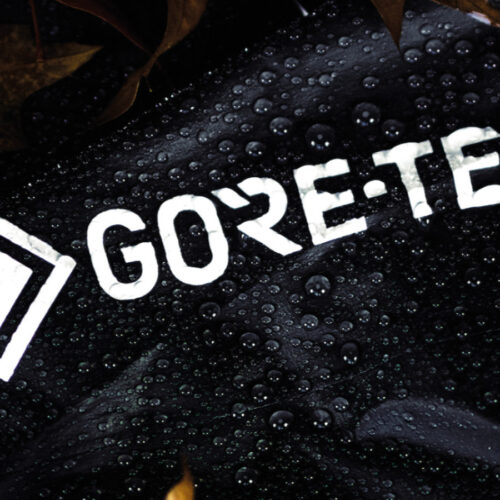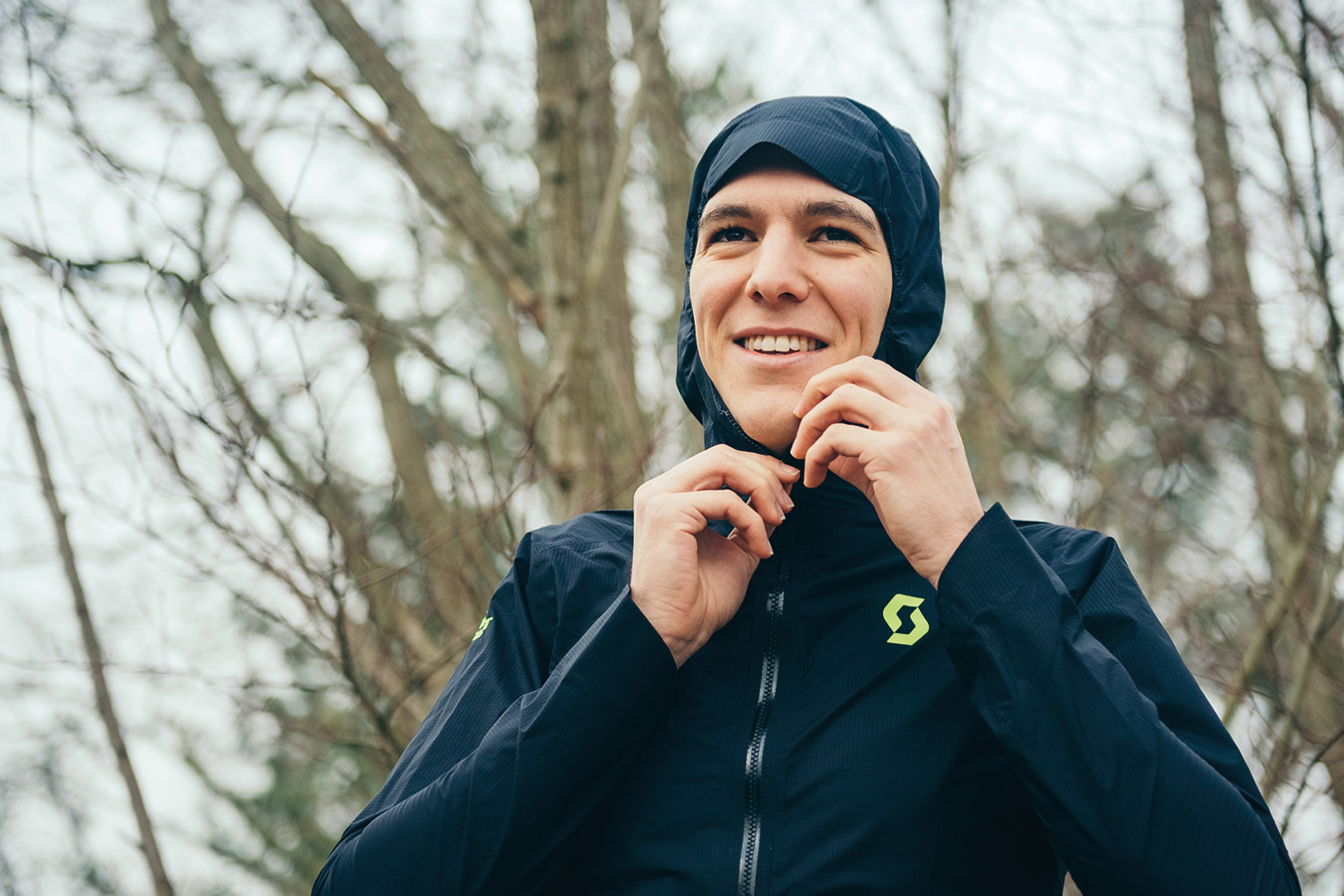A raincoat is not a luxury in Belgium. Is a water-repellent version enough or is it best to invest in a waterproof version? And why is it that some raincoats have quite a high price? In this article, you’ll find the answers.
Belgium has an average of 142 rainy days per year. Those who thought that after this rainy month of March we have had most of it, best get off their (rain) cloud. Fortunately, neither Jill Peeters nor Sabine Hagedoren can proclaim a weather forecast you can’t dress for while exercising.
The difference between a waterproof and water-repellent raincoat for sports
Waterproof-water-repellent, potato-potatoe? It’s not like that. There is indeed a big difference between waterproof and water-repellent jackets. For example, a water-repellent running jacket only has the ability to let water slide off, which offers only minimal protection from rain. Typically, they are windproof, which may be sufficient in some cases.
A waterproof running jacket does have that ability to stop rain and is also always windproof. In fact, a waterproof jacket uses two common technologies: an inner membrane and/or a coating.
Membrane
A raincoat with a membrane is qualitatively the best choice as they are stronger and more durable. The best-known membrane is GORE-TEX®. Per square inch, the Teflon membrane contains 9 billion pores with each pore being 20,000 times smaller than a drop of water. Both rain and wind cannot pass through it due to its small size. What can get through is moisture/vapor. This one-way design ensures that the temperature inside won’t rise high during exercise while keeping you dry. Wash the jacket afterwards at a low temperature to clear the pores of sweat crystals and preserve breathability.

Coating
For a rain jacket with coating, the outside – like a running jacket with membrane – is treated with DWR FINISH (durable water repellent). On the inside , no membrane but a microporous varnish layer is applied as an additional breathable coating. However, DWR coating is temporary and must be repeated periodically with a spray or special rinsing agent.
Is more expensive always better in the case of a raincoat for sports?
In the case of raincoats, comfort is related to the price tag. Thus, the degree of waterproof, breathability, the finish of the seams, the quality of the outer fabric, the (light) weight, whether the raincoat is stormproof or not … determine the price.
The degree of waterproofing is expressed in millimeters. Anything below 1,500 mm will begin to leak fairly quickly. Only from 5,000 mm can you talk about a good quality waterproofing. For example, the GORE WEAR R7 GTX Shakedry Trail Jacket and Scott RC Run WP Jacket have a waterproof rating of 20,000 mm.
The most waterproof thing you can wear is a plastic jacket or poncho. Cheaper than a good raincoat, but not recommended for running. Indeed, you bump into the fact that the breathability of plastic is 0.0. Consequently, idem a 0.0 for comfort, but a 10 for sweats when you start exercising. However, make sure that under your running jacket you also wear moisture-wicking clothing at all times. Otherwise, the ventilating ability is also lost.
Again, the degree of finish on the seams and zippers is critical. Are these taped? Then again you are a little more certain that no wetness can get through.
Those who often exercise in nature may benefit from an outer fabric to which ripstop has been applied. This weaving technique makes textiles stronger and more tear-resistant. The material is also ‘lightweight‘, easy to store or even able to withstand a storm? Then you see that reflected in the price tag.

